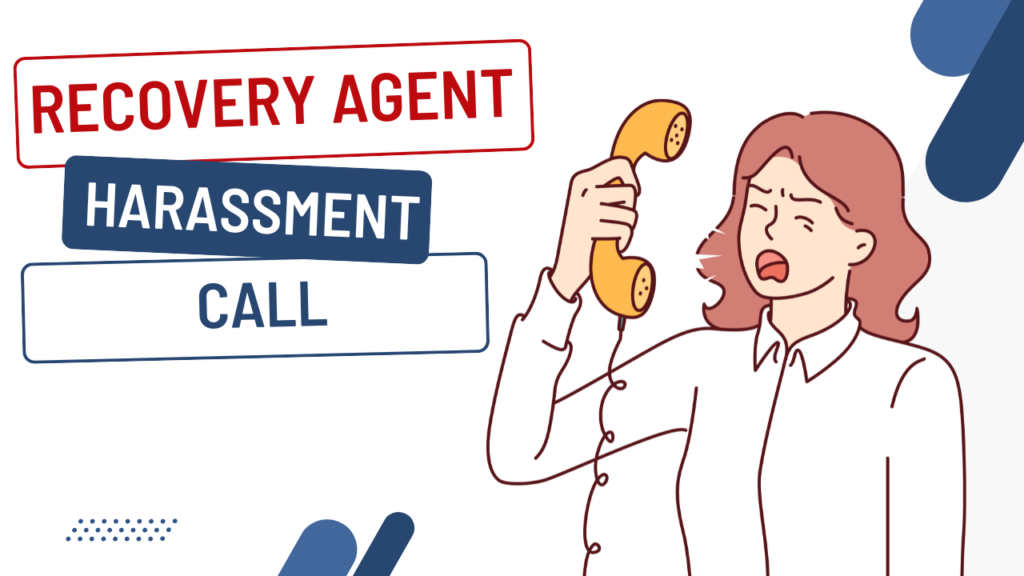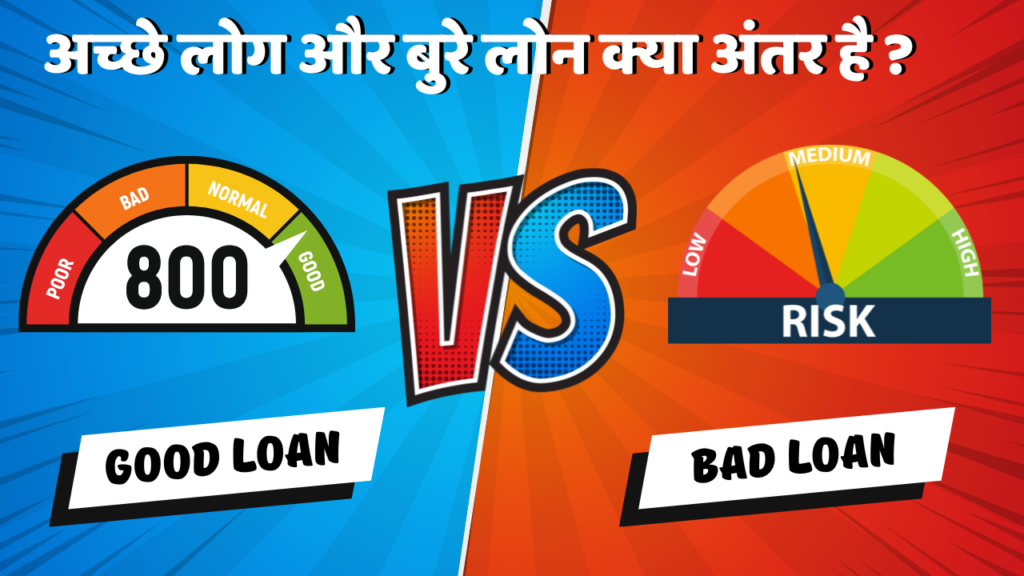Taking out a personal loan can provide immediate financial relief, but repayment becomes difficult in case of financial setbacks. LoanTap, like other lenders, may offer a settlement option when a borrower demonstrates financial hardship. This approach allows borrowers to close the loan by paying a negotiated amount, usually lower than the total owed. Here, we’ll discuss how to settle LoanTap Personal loan, examine alternatives, and consider the pros and cons of loan settlement.
What is Loan Settlement?
Loan settlement is an agreement between a borrower and lender where the borrower pays a reduced lump-sum amount to close the loan account. This option is often a last resort for borrowers who are unable to make regular payments due to financial distress.
Key Points to Know
- Loan settlement is generally a one-time solution.
- Lenders usually mark settled loans as “settled” instead of “closed” or “paid in full.”
- Settlement offers short-term relief, but with a long-term impact on credit scores.
Why Consider Loan Settlement?
Loan settlement should be considered only when:
- Financial hardship prevents full repayment, such as a job loss, medical emergency, or unexpected expenses.
- Risk of default is high, and alternative repayment options have been exhausted.
- Debt management becomes a concern, where consolidating or reducing loan obligations is essential.
Loan settlement may seem attractive if you cannot make monthly payments, but it’s essential to understand how it may affect your financial health in the long run.
Steps to Settle a LoanTap Personal Loan
Here’s a step-by-step guide on how to approach LoanTap for a settlement on your personal loan:
Step 1: Review Your Financial Situation
Assess your financial position to determine if a settlement is feasible. Consider all obligations and determine how much you can afford for a one-time payment. This will help you plan a realistic offer for settlement.
Step 2: Contact LoanTap’s Customer Support
Reach out to LoanTap’s customer service and inform them about your financial difficulty. You may need to explain your inability to pay the EMIs in full and discuss possible settlement options. Being transparent and proactive with your communication can help expedite the process.
Step 3: Provide Proof of Financial Hardship
LoanTap may request documentation to verify your financial distress. Prepare to share supporting documents, such as:
- Bank statements showing decreased income.
- Medical bills or employment termination documents.
- Any other proof indicating reduced financial capability.
Step 4: Negotiate the Settlement Amount
Negotiation is an important part of loan settlement. LoanTap might propose an amount, and you’ll have the opportunity to counteroffer. Aim to reach an agreement where you pay an affordable amount while still satisfying the lender.
Step 5: Obtain a Written Settlement Agreement
Once both parties agree, ensure you receive a written settlement agreement detailing the amount, payment date, and terms. This document should confirm that the loan will be marked as “settled” upon receipt of the payment.
Step 6: Make the Settlement Payment
Once the settlement agreement is in place, make the payment by the specified due date using a reliable method, such as a bank transfer or demand draft. Be sure to retain proof of the transaction.
Step 7: Request a No-Dues Certificate
After payment, request a No-Dues Certificate from LoanTap. This document confirms that no outstanding balance remains on the account and that the loan is officially closed as “settled.”
Impact of Loan Settlement on Your Credit Score
While loan settlement provides immediate financial relief, it has significant repercussions on your credit score and future borrowing opportunities. Here’s how it impacts your credit profile:
- Credit Score Reduction: Settlement reduces your score as it indicates that the loan wasn’t fully paid according to the original terms. The effect can vary, but settlements are usually negative marks on your credit report.
- Credit Report Notation: Loan settlements are recorded as “settled” rather than “paid in full,” which may make lenders more cautious about approving future credit applications.
- Long-Term Credit History Impact: Settlement remains on your credit report for up to seven years, affecting your overall creditworthiness for any large credit needs, such as a mortgage or car loan.
Alternative Options to Loan Settlement
If the impact on your credit score is a concern, consider these alternatives before opting for settlement:
Loan Restructuring
In restructuring, LoanTap might adjust your loan terms by extending the repayment period or reducing the monthly EMI amount. Restructuring can make payments manageable without the credit score impact of a settlement.
Debt Consolidation Loan
If you have multiple outstanding debts, consolidating them into one loan with a lower interest rate may help reduce monthly payments, making the debt easier to manage. Some financial institutions offer debt consolidation options specifically designed for borrowers in financial hardship.
Payment Deferral or Moratorium
LoanTap might offer a temporary payment deferral or moratorium if your financial situation is likely to improve within a few months. This option allows you to pause or reduce payments for a specified period, typically without immediate impact on your credit score.
Consulting a Financial Advisor
Consider discussing your situation with a financial advisor who can help you explore sustainable strategies for loan repayment or provide guidance on debt management.
Conclusion
Loan settlement with LoanTap can be a feasible solution if you are genuinely unable to meet monthly payments. However, it’s essential to weigh the pros and cons before proceeding. A settlement may provide short-term relief, but it could limit future borrowing options and impact your credit score for years. Always consider alternatives like restructuring, consolidation, or consulting a financial advisor to avoid the long-term impact of settlement on your financial record.
When handled responsibly, loan settlement can relieve you from immediate financial burdens and provide a fresh start. However, carefully analysing your situation and exploring all options can help you make an informed decision that aligns with your financial future.
Frequently Asked Question (FAQ’s)
Ans: No, LoanTap is not obliged to approve a settlement request. The approval depends on their assessment of your financial hardship and your repayment history.
Ans: Yes, negotiation is part of the settlement process. You may propose a lower amount, but LoanTap will assess the offer based on your financial situation.
Ans: Settling a loan can lead to a temporary drop in your score. The score may gradually improve if you maintain timely payments on other credit accounts, but the “settled” status remains for seven years.
Ans: “Settled” indicates that the loan was closed with a reduced payment, while “closed” or “paid in full” means the loan was paid in full per the original terms. “Settled” status affects credit negatively, unlike “paid in full.”
Ans: While not impossible, obtaining new credit could be challenging as lenders view settled accounts as a potential risk factor.













